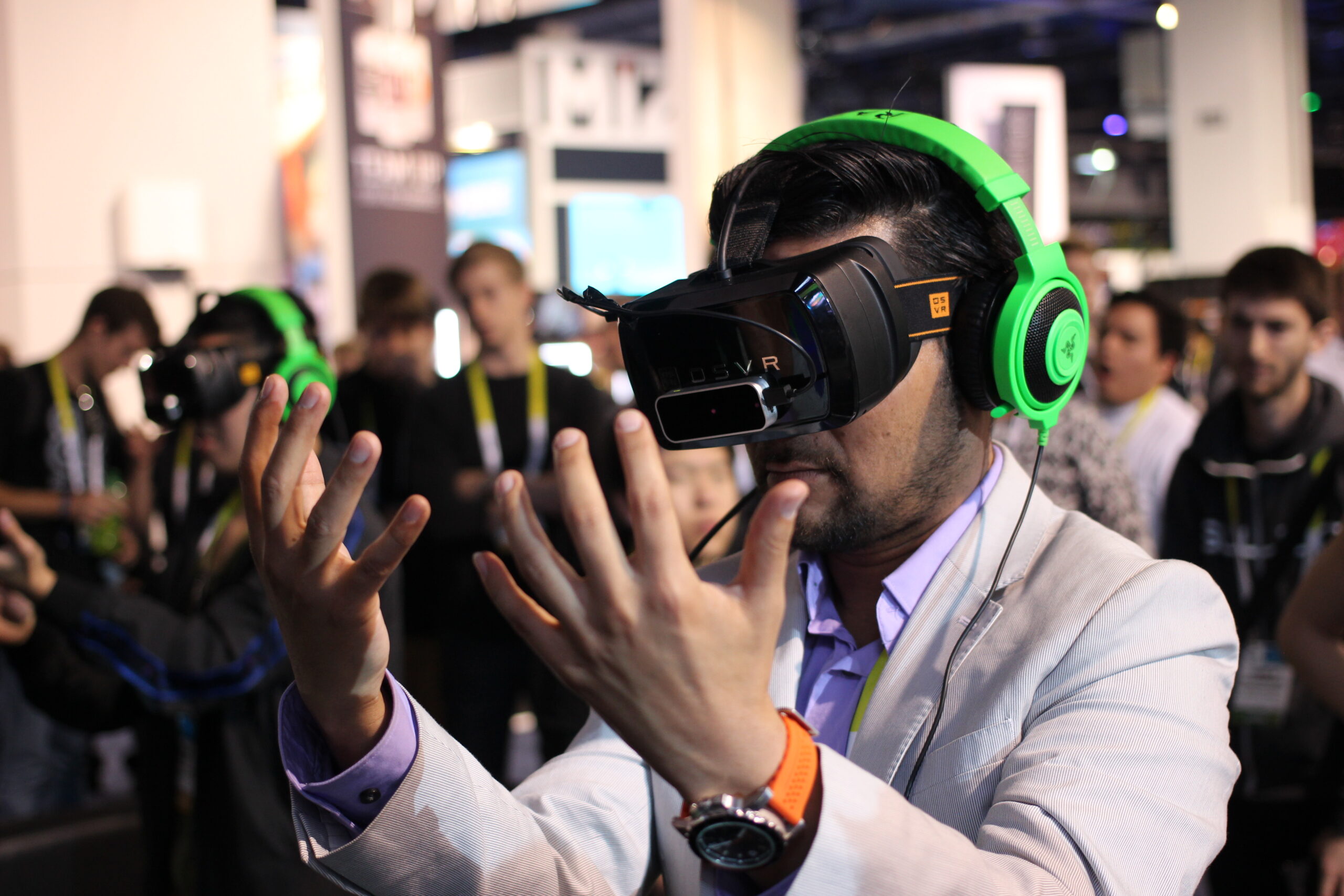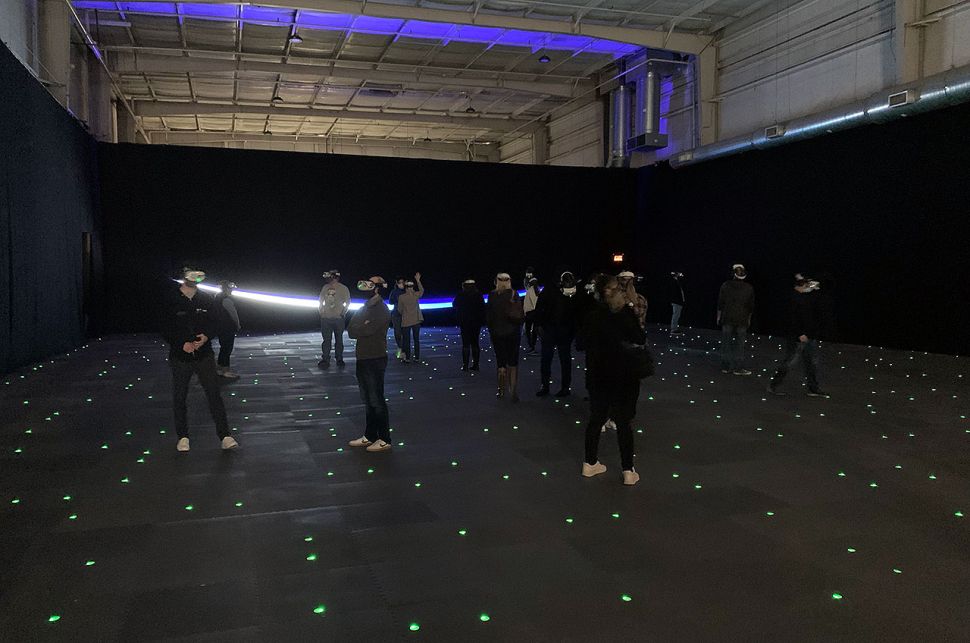
A great advertisement is not only memorable for audiences – it articulates a brand’s value. Savvy marketers today are leveraging new platforms like virtual reality to connect with customers and create unparalleled engagement. If your product can be interacted with physically or it involves a space consumers can visit or live in, an immersive marketing strategy is an excellent way to create a highly impactful and influential brand experience.
For years, Rivers Agency has helped brick-and-mortar businesses thrive in the digital space, and if you’re interested in dipping your toe in virtual waters, here’s your guide to the four types of promotional opportunities that exist.
Augmented Reality
The most basic level of what can be considered virtual reality, augmented reality combines the real world with virtual elements. In augmented reality, a viewer peers through a device, like a laptop or a tablet. The device shows a feed of the real world in front of the user and adds computer-generated imagery that can include opportunities for interactivity. Common forms of augmented reality include live filters on Snapchat or Instagram, and mobile apps like Pokémon Go. Augmented Reality proves you don’t need a captive audience to use VR in your campaign either, as can be seen by branded augmented reality social media photo filters for movies and semi-immersive VR commercials for brands like Jack in the Box. The Carolina Panthers embraced augmented reality once by asking their live audience to watch a portion of one of their games through their phone to see a “live panther” pounce around the field.
Non-immersive Virtual Reality
Non-immersive virtual reality is an experience that you can interact with characters and some environmental elements. An open-world video game on a flat screen is the best example of this form of VR. You can interact with and explore the reality the game has created, but the environment makes no attempt to interact with or physically immerse you. This has applications for advertisers wanting to show a mock-up of their product with real-time updates, like Lowe’s Hardware’s paint selection program. Advertisers also have the option to use product placement in a way that appears like a traditional advertisement in virtual worlds, like Fortnite or sports video games.
Semi-Immersive Virtual Reality
A semi-immersive experience is one where you can freely view the environment around you, but have no ability to interact with the environment. Put simply, this type of VR is a video with a 360-degree view. Semi-immersive VR can be experienced from a traditional virtual reality headset or through a tablet/mobile device with gyroscopic sensitivity. Venues and sports teams that want to bring the experience of their product to the viewer can do so with 360-degree, gyroscopic-sensitive videos.

Fully Immersive Virtual Reality
Fully immersive virtual reality taps into all your senses to create the illusion that the fictional world around you is real. Typically, the viewer will put on a headset containing a screen and headphones, hold a controller in each hand, and stand in an environment surrounded by sensors. The sensors and controllers will record the viewer’s actions and the program will reflect that in the environment the user is experiencing. Fully immersive VR is common in most VR video games and in many virtual training programs for specialized skills and careers. It can also give viewers an enhanced product demonstration. At some of their pop-up stores, Ikea has made the use of a VR home furniture layout program.

VR Advertising in Real Estate
Brands that have appropriately embraced this technology have already created successful interactions with consumers and gained a competitive edge in their industry. The real estate industry in particular can benefit from virtual reality technologies. Apartment complexes and residential home realtors across the country can take advantage of non-immersive VR walk-throughs, semi-immersive guided tours, and fully immersive virtual staging with interactive components. Not only does VR benefit buyers who can “experience” the space, it broadens the reach of sellers who can market the property to people anywhere in the world, not just those who are close enough to tour it.
Rivers is an award-winning advertising agency with an impressive catalogue of successful real estate campaigns committed to staying on the cutting-edge of consumer interaction. If you want an agency that can produce cutting-edge, high-tech solutions, contact Rivers Agency today.
PHOTOS: https://cdn.mos.cms.futurecdn.net/36Mur9Yy4BcJeziZdDWrfV-970-80.jpg Photo cred: Space.com
https://i.ytimg.com/vi/8NOwnExCMEg/maxresdefault.jpg Photo cred: Austin Evans | YouTube
https://www.adweek.com/wp-content/uploads/files/blogs/happy-goggles-hed-2016.jpg Photo cred: Adweek